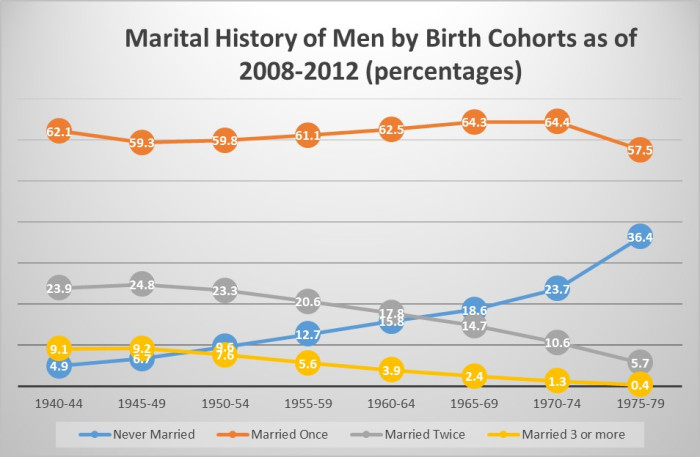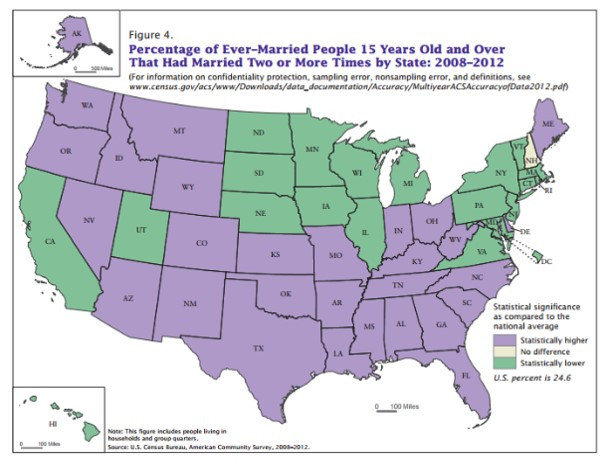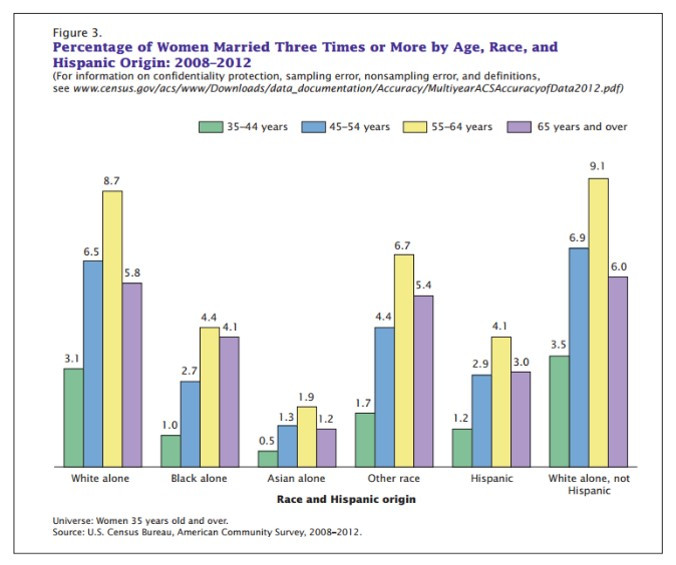Doodson, L. J. (2014). Understanding the factors related to stepmother anxiety: A qualitative approach. Journal of Divorce & Remarriage, 55(8), 645-667. doi:http://dx.doi.org/10.1080/10502556.2014.959111
Doodson, L. J., & Davies, A. P. C. (2014). Different challenges, different well-being: A comparison of psychological well-being across stepmothers and biological mothers and across four categories of stepmothers. Journal of Divorce & Remarriage, 55(1), 49-63. doi:http://dx.doi.org/10.1080/10502556.2013.862094
Finlay, A. K., Cookston, J. T., Saenz, D. S., Baham, M. E., Parke, R. D., Fabricius, W., & Braver, S. (2014). Attributions of fathering behaviors among adolescents: The role of gender, ethnicity, family structure, and depressive symptoms. Journal of Family Issues, 35(4), 501-525. doi:
Fox, W. E., & Shriner, M. (2014). Remarried couples in premarital education: Does the content match participant needs? Journal of Divorce & Remarriage, 55(4), 276-299. doi:http://dx.doi.org/10.1080/10502556.2014.901841
George, C. M., & Fernandez, M. S. (2014). A case study of a stepfamily’s relationship experiences before and after the death of a custodial biological parent. The Family Journal, 22(2), 258-264. doi:
Jensen, T. M., Shafer, K., & Larson, J. H. (2014). (Step)parenting attitudes and expectations: Implications for stepfamily functioning and clinical intervention. Families in Society, 95(3), 213-220. doi:
Jovic, S., Delpierre, C., Ehlinger, V., Sentenac, M., Young, H., Arnaud, C., & Godeau, E. (2014). Associations between life contexts and early sexual initiation among young women in France. Perspectives on Sexual and Reproductive Health, 46(1), 31-39. doi:
Kellas, J. K., Baxter, L., LeClair-Underberg, C., Thatcher, M., Routsong, T., Normand, E. L., & Braithwaite, D. O. (2014). Telling the story of stepfamily beginnings: The relationship between young-adult stepchildren’s stepfamily origin stories and their satisfaction with the stepfamily. Journal of Family Communication, 14(2), 149-166. doi:http://dx.doi.org/10.1080/15267431.2013.864294
Koren, C., & Lipman-Schiby, S. (2014). “not a replacement”: Emotional experiences and practical consequences of israeli second couplehood stepfamilies constructed in old age. Journal of Aging Studies, 31, 70-82. doi:http://dx.doi.org/10.1016/j.jaging.2014.09.002
Lucier‐Greer, M., Adler‐Baeder, F., Harcourt, K. T., & Gregson, K. D. (2014). Relationship education for stepcouples reporting relationship instability—Evaluation of the Smart Steps: Embrace the Journey curriculum. Journal of Marital and Family Therapy, 40(4), 454-469. doi:
Meggiolaro, S., & Ongaro, F. (2014). Family contexts and adolescents’ emotional status. Journal of Youth Studies, 17(10), 1306-1329. doi:http://dx.doi.org/10.1080/13676261.2014.918246
Niolon, R. (2014). The triumph of hope over experience: Stepfamily formation. Psyccritiques, 59(14) doi:http://dx.doi.org/10.1037/a0035924
Nuru, A. K., & Wang, T. R. (2014). “She was stomping on everything that we used to think of as a family”: Communication and turning points in cohabiting (step)families. Journal of Divorce & Remarriage, 55(2), 145-163. doi:http://dx.doi.org/10.1080/10502556.2013.871957
Oliva, A., Arranz, E., Parra, A., & Olabarrieta, F. (2014). Family structure and child adjustment in Spain. Journal of Child and Family Studies, 23(1), 10-19. doi:http://dx.doi.org/10.1007/s10826-012-9681-2
Parent, J., Clifton, J., Forehand, R., Golub, A., Reid, M., & Pichler, E. R. (2014). Parental mindfulness and dyadic relationship quality in low-income cohabiting Black stepfamilies: Associations with parenting experienced by adolescents. Couple and Family Psychology: Research and Practice, 3(2), 67-82. doi:http://dx.doi.org/10.1037/cfp0000020
Pryor, J. (2014). Stepfamilies: A global perspective on research, policy, and practice. New York, NY, US: Routledge/Taylor & Francis Group, New York, NY.
Ryan, R. M., Claessens, A., & Markowitz, A. J. (2014). Associations between family structure change and child behavior problems: The moderating effect of family income. Child Development, doi:
Shapiro, D. (2014). Stepparents and parenting stress: The roles of gender, marital quality, and views about gender roles. Family Process, 53(1), 97-108. doi:
Sherman, C. W., Webster, N. J., & Antonucci, T. C. (2014). “Dementia caregiving in the context of late-life remarriage: Support networks, relationship quality, and well-being.”: Erratum. Journal of Marriage and Family, 76(1), 246.
Skogrand, L., Mendez, E., & Higginbotham, B. (2014). Latina women’s experiences in a stepfamily education course. The Family Journal, 22(1), 49-55. doi:
Thomson, E. (2014). Family complexity in Europe. Annals of the American Academy of Political and Social Science, 654(1), 245-258. doi:
Vanassche, S., Sodermans, A. K., Matthijs, K., & Swicegood, G. (2014). The effects of family type, family relationships and parental role models on delinquency and alcohol use among Flemish adolescents. Journal of Child and Family Studies, 23(1), 128-143. doi:http://dx.doi.org/10.1007/s10826-012-9699-5


